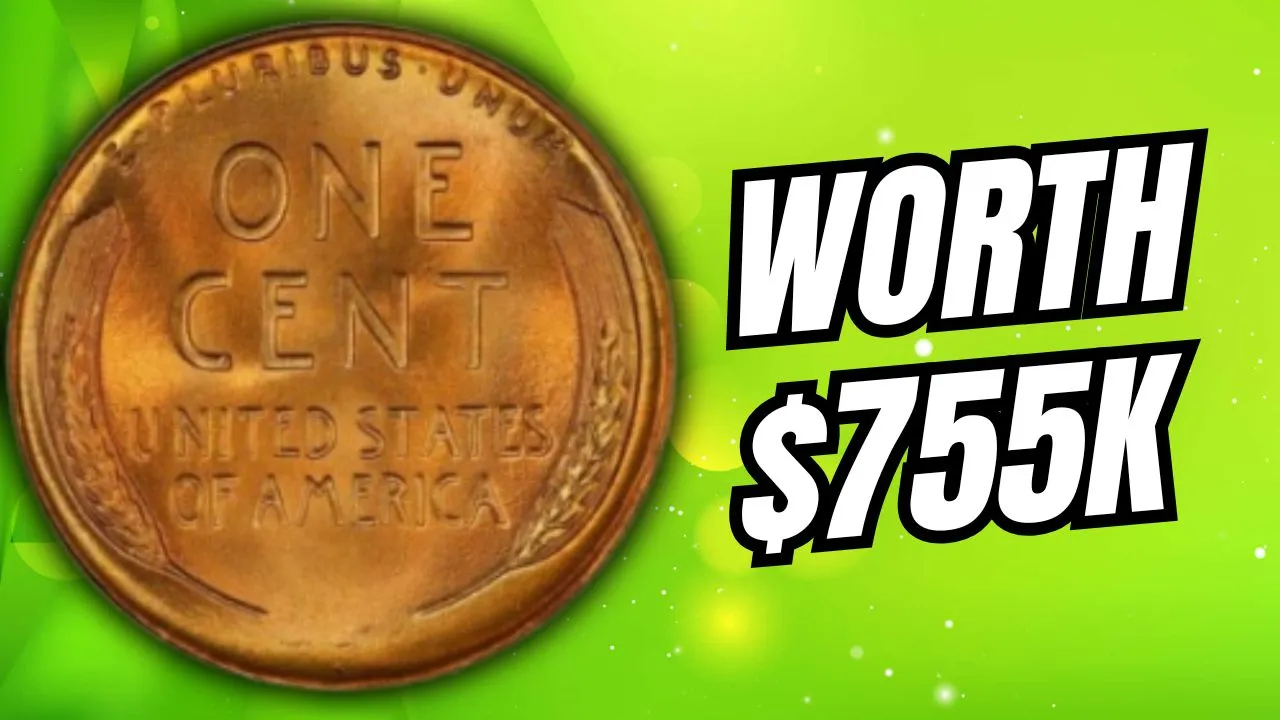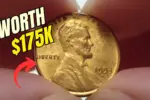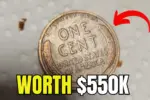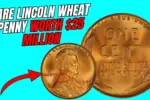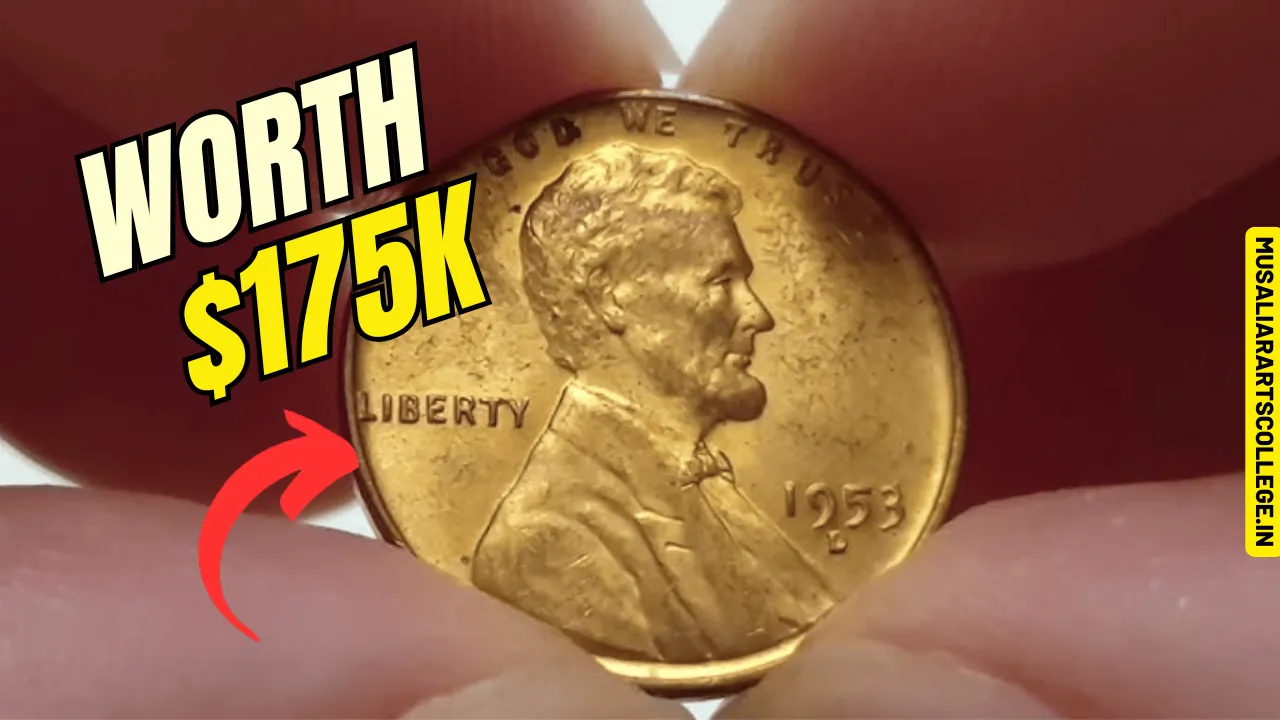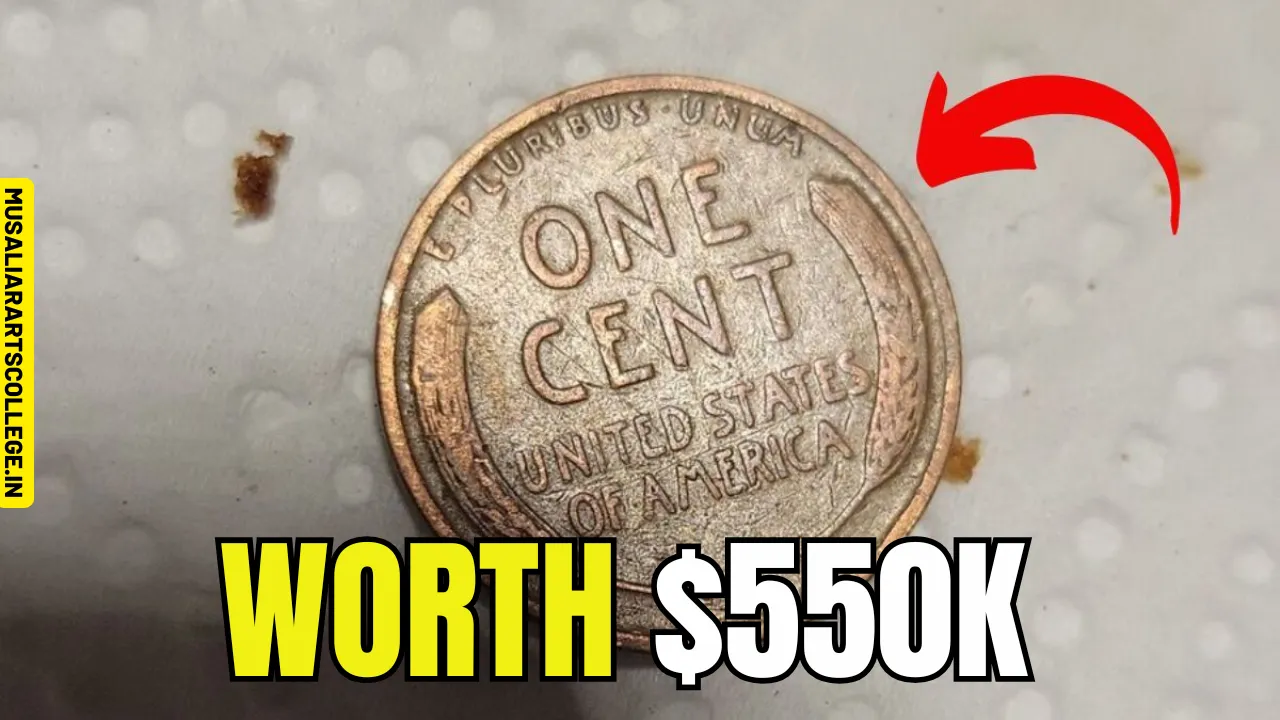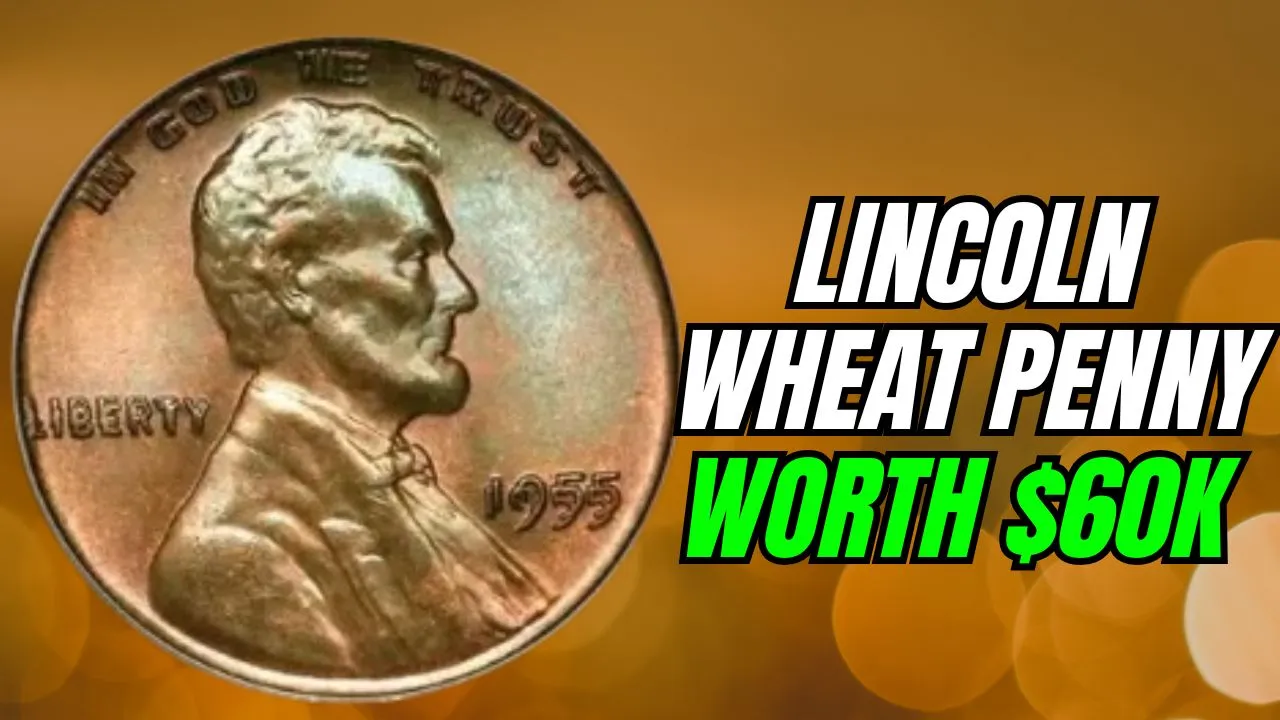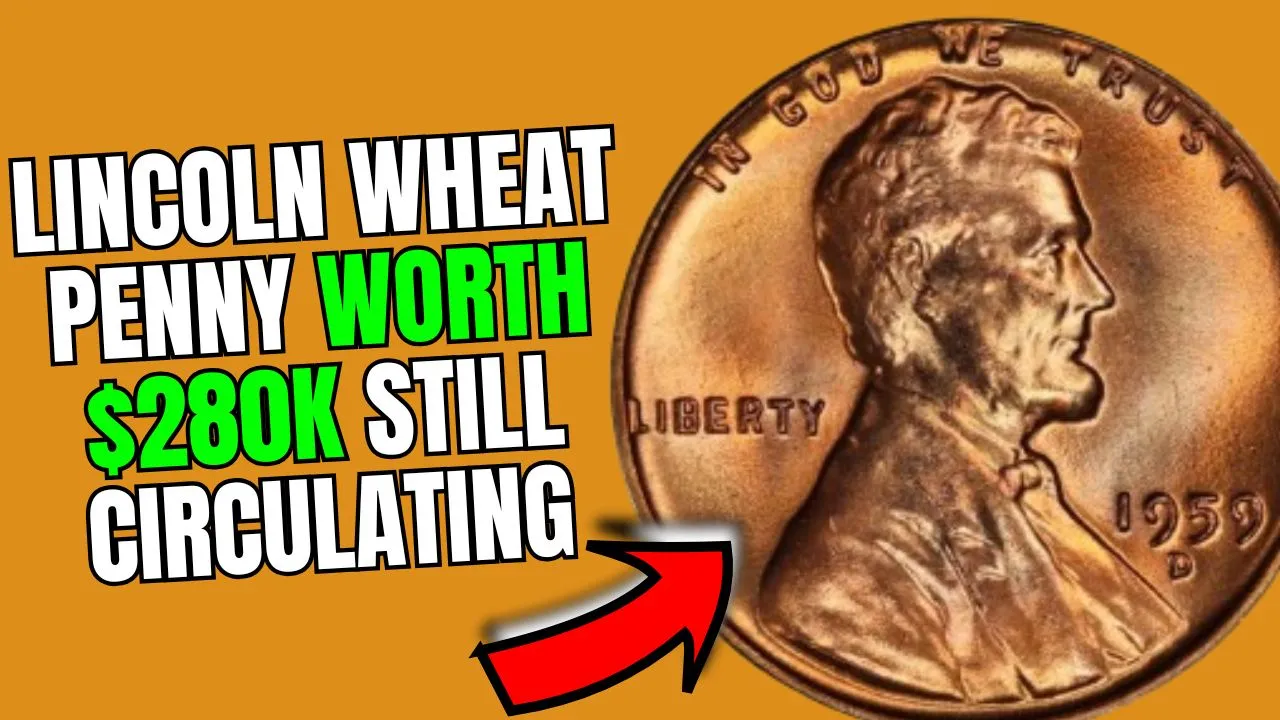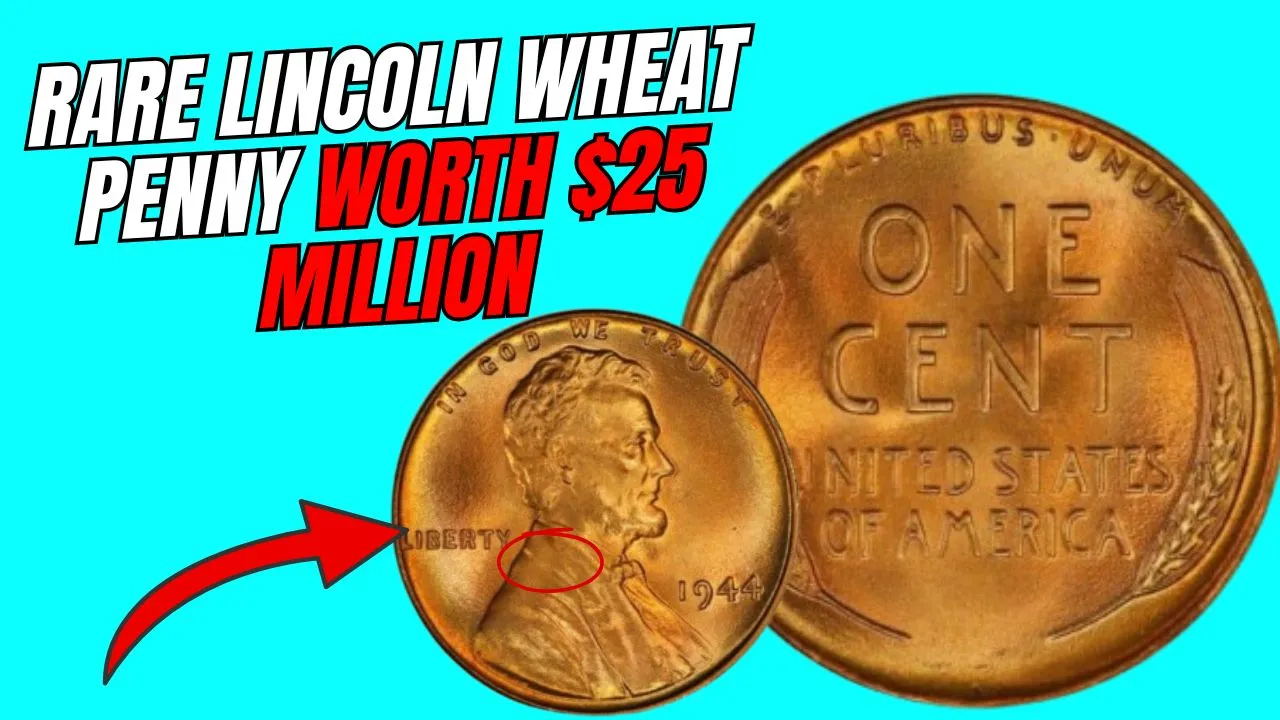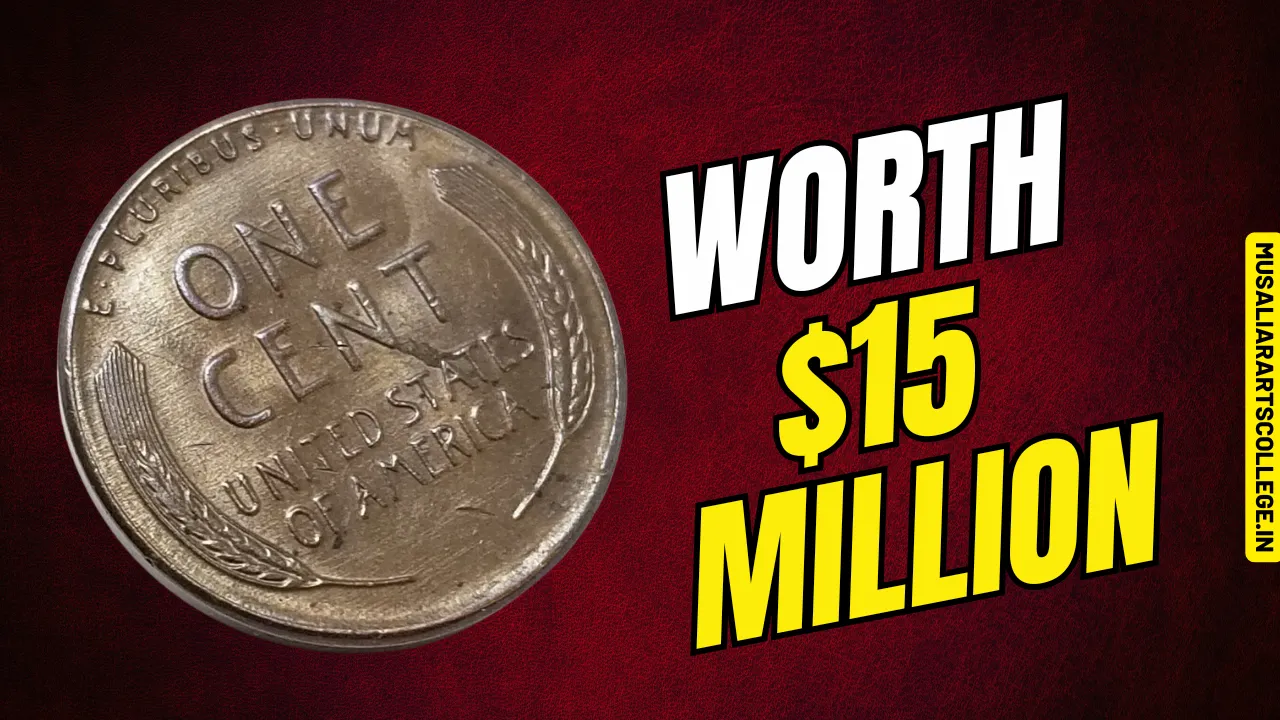The Lincoln Wheat Penny: The Lincoln Wheat Penny, a staple of American coinage for over a century, holds more than just monetary value for collectors. Among its many variants, one version has skyrocketed to fame—the 1914-D Lincoln Wheat Penny—thanks to its rarity and jaw-dropping value of up to $755,000. What makes this penny so unique is not just its worth but the fact that it’s still technically in circulation, sparking a treasure hunt among enthusiasts and casual finders alike.
This article dives into the history of the Lincoln Wheat Penny, explains why the 1914-D version is so valuable, and shows you how to identify this rare gem. Keep reading to learn whether a fortune could be hiding in your pocket change!
Key Facts About the Lincoln Wheat Penny
| Details | Information |
| Coin Name | Lincoln Wheat Penny |
| Introduced | 1909 (100th anniversary of Abraham Lincoln’s birth) |
| Designed By | Victor David Brenner |
| Rare Variant | 1914-D Lincoln Wheat Penny |
| Mint Location | Denver Mint (identified by a “D” mintmark) |
| Estimated Value | Up to $755,000 for pristine, uncirculated specimens |
| Still in Circulation? | Yes, though extremely rare |
A Brief History of the Lincoln Wheat Penny
The Lincoln Wheat Penny first entered circulation in 1909 as a tribute to Abraham Lincoln’s 100th birthday. Designed by artist Victor David Brenner, it was groundbreaking as the first U.S. coin to feature a president’s profile. On its obverse, it displays Lincoln’s image, while its reverse showcases two wheat stalks, symbolizing the nation’s agricultural roots.
This coin was minted until 1958 and remained a symbol of American pride and history. Over the decades, several versions of the penny were produced, with some becoming coveted collector’s items due to limited mintage or unique production errors.
The 1914-D Lincoln Wheat Penny: Why Is It Worth $755,000?
The 1914-D Lincoln Wheat Penny, minted in Denver, is the crown jewel of the series. Here’s why:
- Limited Production: With only 1.2 million minted, the 1914-D penny had one of the lowest production runs in the series.
- Loss Over Time: Many coins from this batch were either lost, heavily damaged, or worn down through circulation. Finding one in excellent condition is incredibly rare.
- Collector Demand: Serious collectors prize this coin due to its historical significance and scarcity, driving its market value sky-high.
- Condition Matters: A well-preserved 1914-D penny can fetch up to $755,000, while heavily circulated ones may still be worth thousands.
The condition of this coin is a significant factor in determining its value. Coins graded as “Mint State” or “Uncirculated” by professional services like PCGS or NGC are far more valuable than worn or damaged specimens.
How to Identify a 1914-D Lincoln Wheat Penny
Finding a 1914-D Lincoln Wheat Penny requires a keen eye. Here’s what to look for:
- Mintmark: The most critical feature is the small “D” mintmark located just below the date on the coin’s obverse. This indicates that it was minted in Denver.
- Overall Design: Like all Lincoln Wheat Pennies, it has Lincoln’s profile on the obverse and two wheat stalks on the reverse.
- Condition: Examine the coin for wear and tear. Even a circulated 1914-D penny holds significant value, but uncirculated specimens are exceedingly rare and much more valuable.
- Authentication: Due to its high value, counterfeit 1914-D pennies are common. If you suspect you have one, seek verification from a certified coin grading service.
Is the 1914-D Lincoln Wheat Penny Still in Circulation?
Although the 1914-D Lincoln Wheat Penny is still technically in circulation, the chances of finding one in your spare change are slim. Many of these pennies have already been claimed by collectors or are stored in private collections. However, some may still be hiding in old piggy banks, inherited collections, or forgotten jars of coins.
The allure of finding one in circulation lies in its rarity. It’s worth checking every penny you come across because you never know when you might stumble upon a piece of history—and a significant fortune.
Other Valuable Lincoln Wheat Pennies
While the 1914-D Lincoln Wheat Penny is the most valuable in the series, there are other rare and highly sought-after versions:
- 1909-S VDB: One of the first Wheat Pennies ever minted, this coin features the initials of the designer, Victor David Brenner, and was produced in limited quantities in San Francisco.
- 1922 No D: A production error resulted in some pennies from 1922 being minted without the “D” mintmark.
- 1943 Bronze Penny: During World War II, pennies were supposed to be made from steel to conserve copper. A small number of bronze pennies were mistakenly minted, making them incredibly valuable.
These coins serve as reminders of how small minting variations or errors can create immense value over time.
Tips for Finding and Collecting Rare Lincoln Wheat Pennies
- Check Your Change: Always inspect your pennies, especially older ones, for mintmarks and unique dates.
- Know Key Dates: Familiarize yourself with the most valuable years, such as 1909-S, 1914-D, 1922, and 1943.
- Visit Coin Shops and Shows: Network with other collectors and learn from experienced numismatists.
- Invest in Grading Services: For rare coins, have them authenticated and graded to determine their value.
- Store Coins Safely: Use protective coin holders to preserve the condition of your collection.
FAQs About the Lincoln Wheat Penny
1. Why is the 1914-D Lincoln Wheat Penny so rare?
The 1914-D penny had a limited mintage of 1.2 million coins, and many have been lost or heavily circulated, making high-quality specimens exceptionally rare.
2. How much is a 1914-D Lincoln Wheat Penny worth?
Depending on its condition, a 1914-D penny can range from a few thousand dollars to $755,000 for uncirculated examples.
3. How can I identify a 1914-D Lincoln Wheat Penny?
Look for the “D” mintmark just below the date on the obverse side of the coin. Its condition and authenticity are also crucial factors.
4. Are there other valuable Lincoln Wheat Pennies?
Yes, coins like the 1909-S VDB, 1922 No D, and 1943 Bronze Penny are also highly prized by collectors.
5. Is it possible to find a 1914-D penny in circulation today?
While technically still in circulation, finding one is extremely rare. However, they may occasionally appear in old coin collections or change jars.
Final Thoughts: Is a Lincoln Wheat Penny Worth $755K in Your Pocket?
The Lincoln Wheat Penny, particularly the 1914-D version, is a fascinating example of how everyday coins can hold extraordinary value. While the odds of finding one are slim, the possibility adds an element of excitement to coin collecting.
Have you ever come across a rare penny or inherited an interesting collection? Share your story in the comments! And if you’re intrigued by the world of rare coins, keep exploring—you never know what treasures you might uncover.
